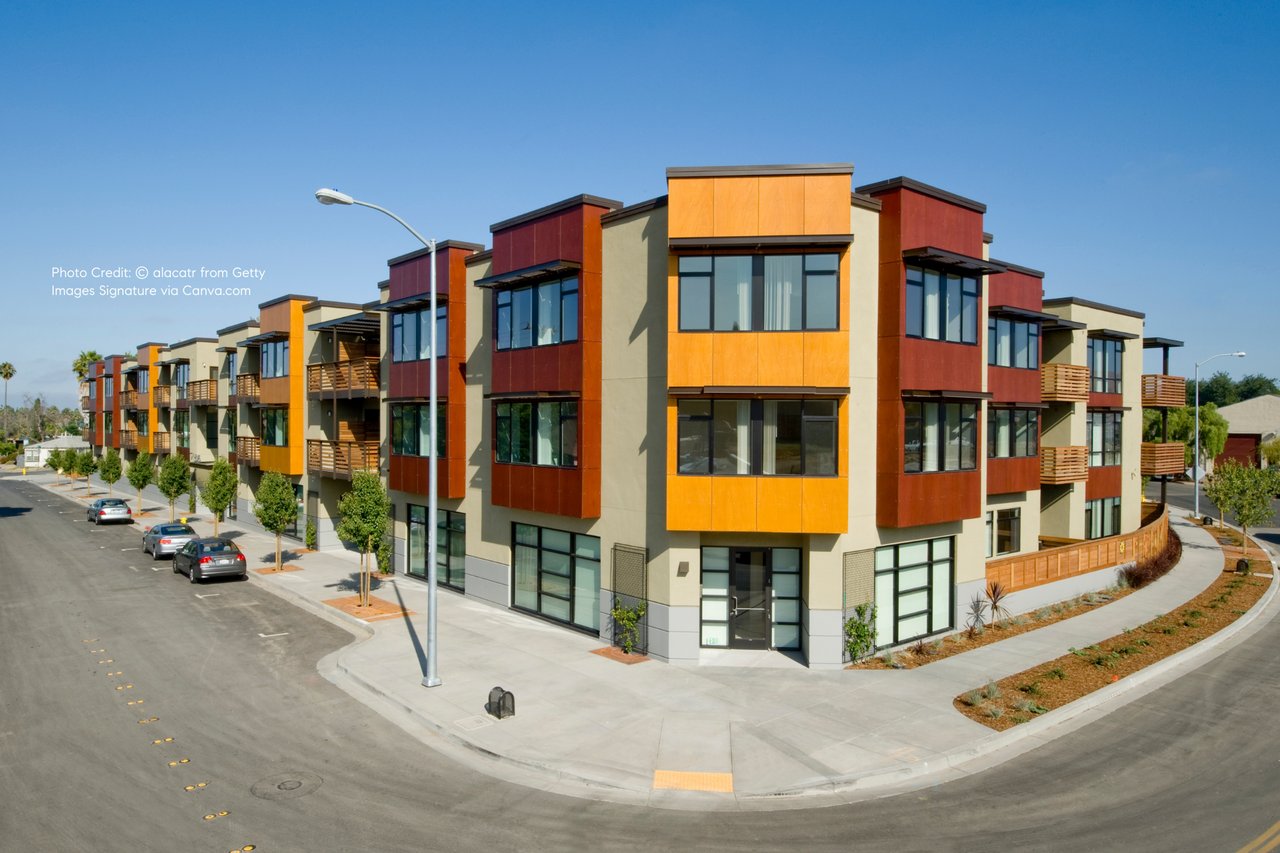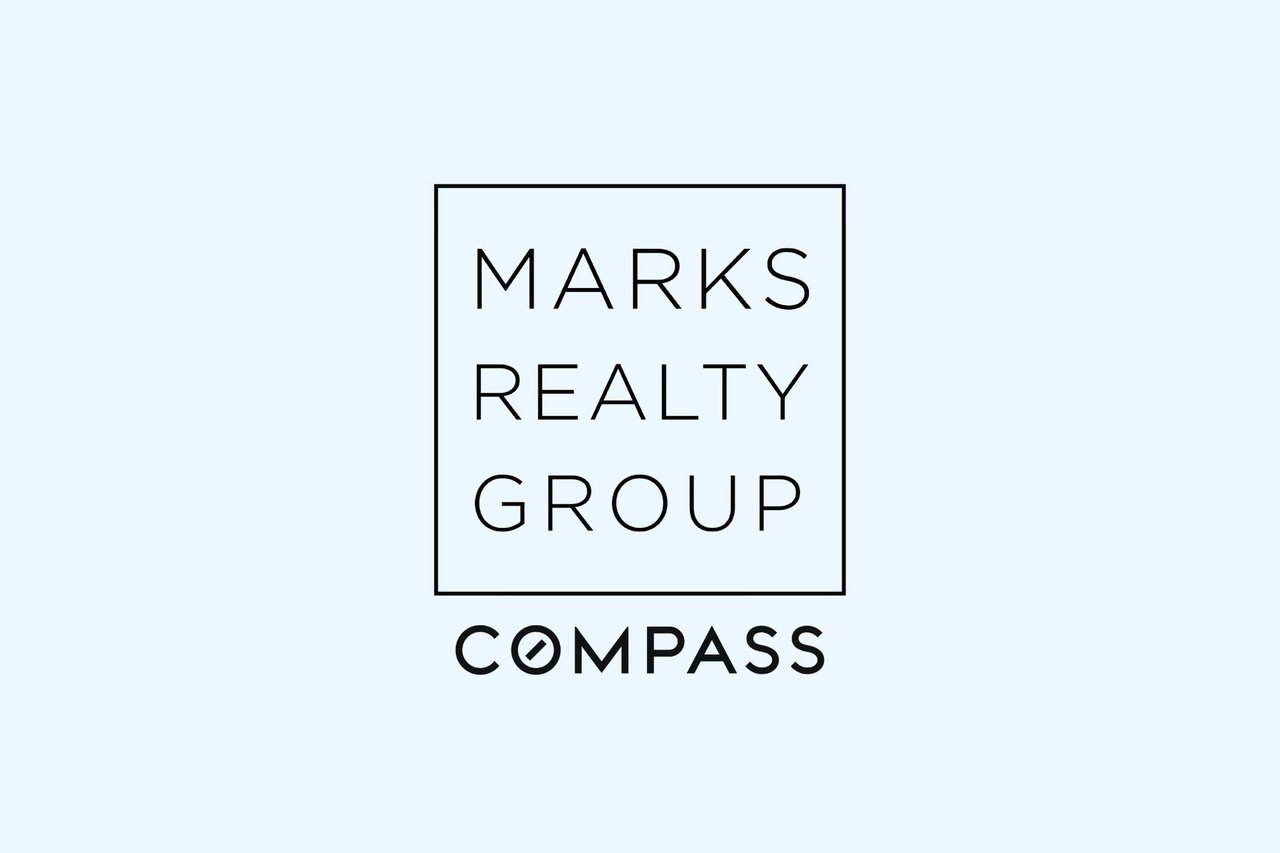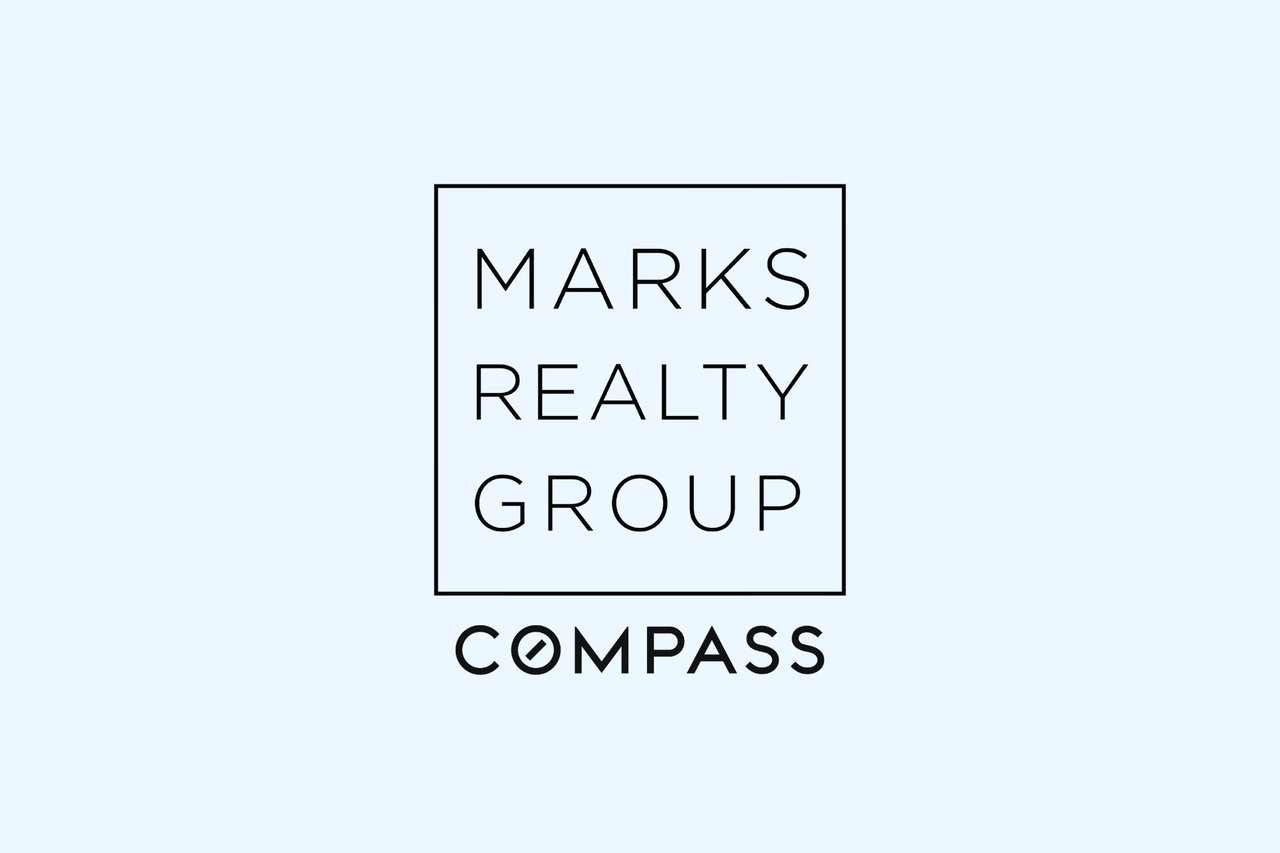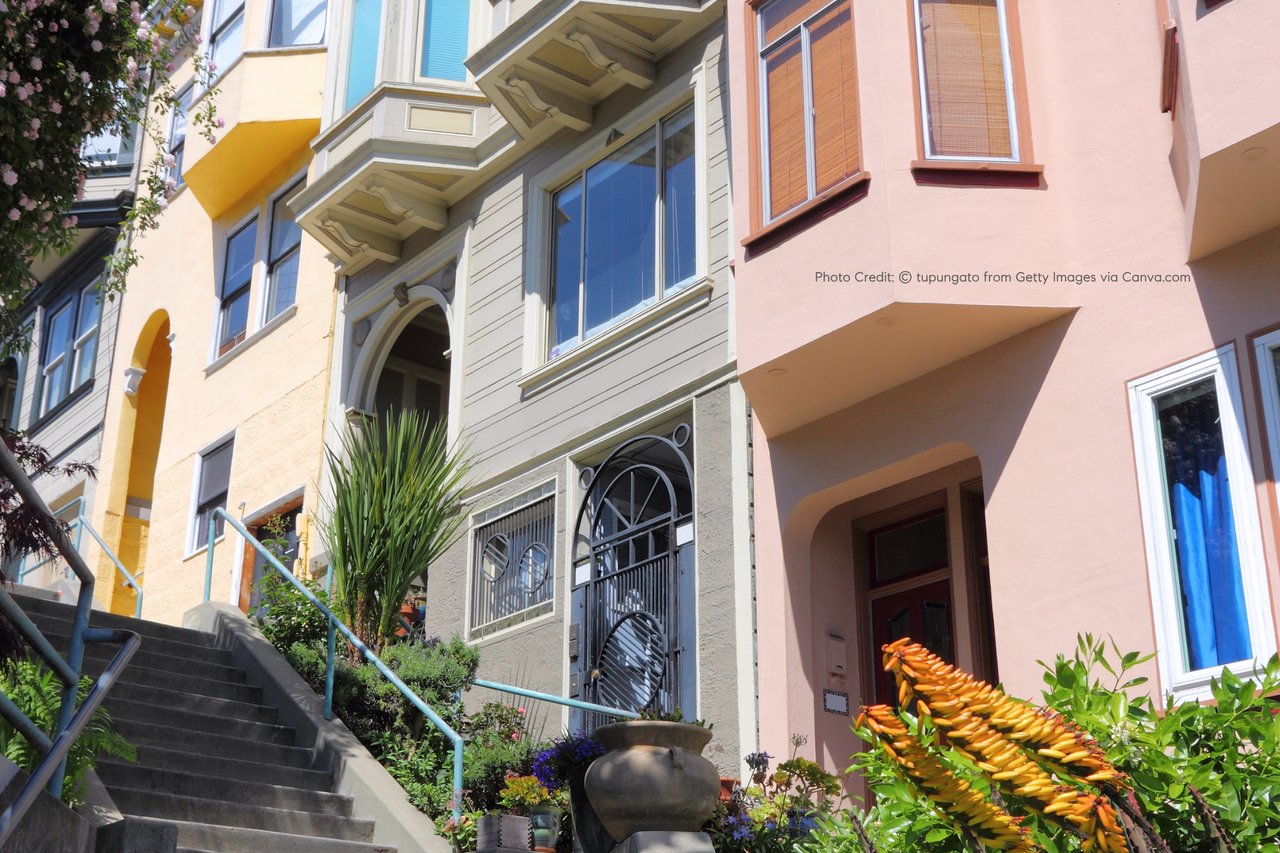The U.S. housing market showed signs of momentum in July as both single-family home starts and building permits edged higher. Despite elevated mortgage rates and ongoing economic uncertainty, residential construction gained strength thanks to a surge in new apartment projects.
Single-Family Construction Gains Ground
Single-family housing starts, which represent the majority of new builds, climbed 2.8% in July to a seasonally adjusted annual rate of 939,000 units. Building permits for future single-family homes also rose slightly by 0.5% to 870,000 units, marking the first increase after four months of declines.
Apartment Projects Lead the Way
The standout performer was multifamily construction. Overall residential starts increased 5.2% to an annualized rate of 1.428 million units, fueled by a double-digit rise in apartment projects for the second month in a row. Groundbreaking for buildings with five or more units jumped 11.6%, reaching 470,000 units—the highest level since May 2023.
After a period of slowdown since peaking in 2022, apartment construction has rebounded strongly, with activity up more than 50% over the past two months. However, the pace of future growth remains uncertain. Total permits dropped 2.8% in July to 1.354 million units, the lowest level in five years, with multifamily permits leading the decline at nearly 10%. According to the reuters.com, economists had expected both housing starts and permits to fall even further, making July’s performance stronger than many had anticipated.
Mortgage Rates and Market Conditions
Mortgage rates have been trending lower in recent weeks, providing some relief for buyers. The average 30-year fixed mortgage rate dropped to 6.58% in July—the lowest since October—though it remains well above pre-pandemic levels. High borrowing costs, coupled with elevated home prices, continue to limit demand and weigh on overall affordability.
Builders are responding cautiously, with many offering price reductions to attract buyers. National housing inventory has climbed back to levels not seen since 2007, reflecting the slower pace of home purchases.
Broader Economic Impact
Residential investment, which includes new home construction, contracted during both the first and second quarters of 2025 and is expected to continue putting pressure on GDP in the third quarter. Economists, however, anticipate that the trend could reverse in early 2026 as lower mortgage rates and stabilizing economic conditions encourage more building activity.
source: reuters.com















































